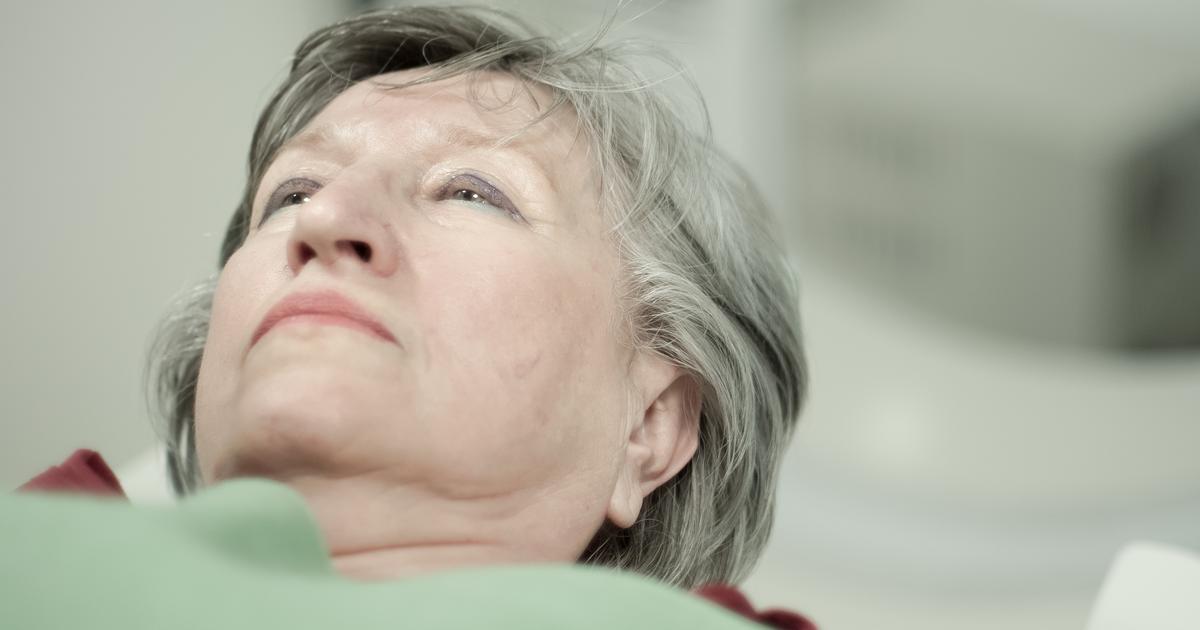Overview of Computerized Tomography (CT) Scans
Preparing For A CT Scan

The preparation needed for a computerized tomography scan can differ depending on what part of an individual's body is being scanned. While metal objects like jewelry, hair clips, zippers, studs, button snaps, and underwires do not pose a safety hazard during this type of scan, they can compromise the quality of the results. Some medications may need to be stopped before the scan because they can interfere with the contrast agent being used.
When an individual has a computerized tomography scan on their abdomen or pelvis, they may need to consume a contrast drink before the scan so their digestive tract shows up clearly. Someone having a scan on their pelvic region may need to have an enema with a contrast substance to help highlight their bowels on the scan. They may be asked to empty their bladder before the scan. A contrast agent may need to be injected into a patient's bloodstream before the scan.
Get more information on CT scans with contrast next.
CT Scans With Contrast

A contrast medium may be needed in some patients who have a computerized tomography scan. A barium based or water-based liquid contrast medium may need to be consumed orally before a patient has a pelvic or abdominal CT scan. If the scan is to be focused on the patient's small intestine, they may need to arrive at least an hour ahead of their scheduled scan. This time is required so the contrast medium has time to reach their small intestine before the scan is taken.
Some patients need to have an intravenous contrast medium for their computerized tomography scan to highlight blood flow through the suspected structure or organ in the body. Intravenous contrast medium is injected into a vein in the patient's arm so it enters into their circulation. The intravenous contrast medium may make patients feel flushed or unusually warm. Some patients may get an upset stomach from the intravenous contrast medium after it is injected.
Read about the risks associated with computerized tomography scans next.
